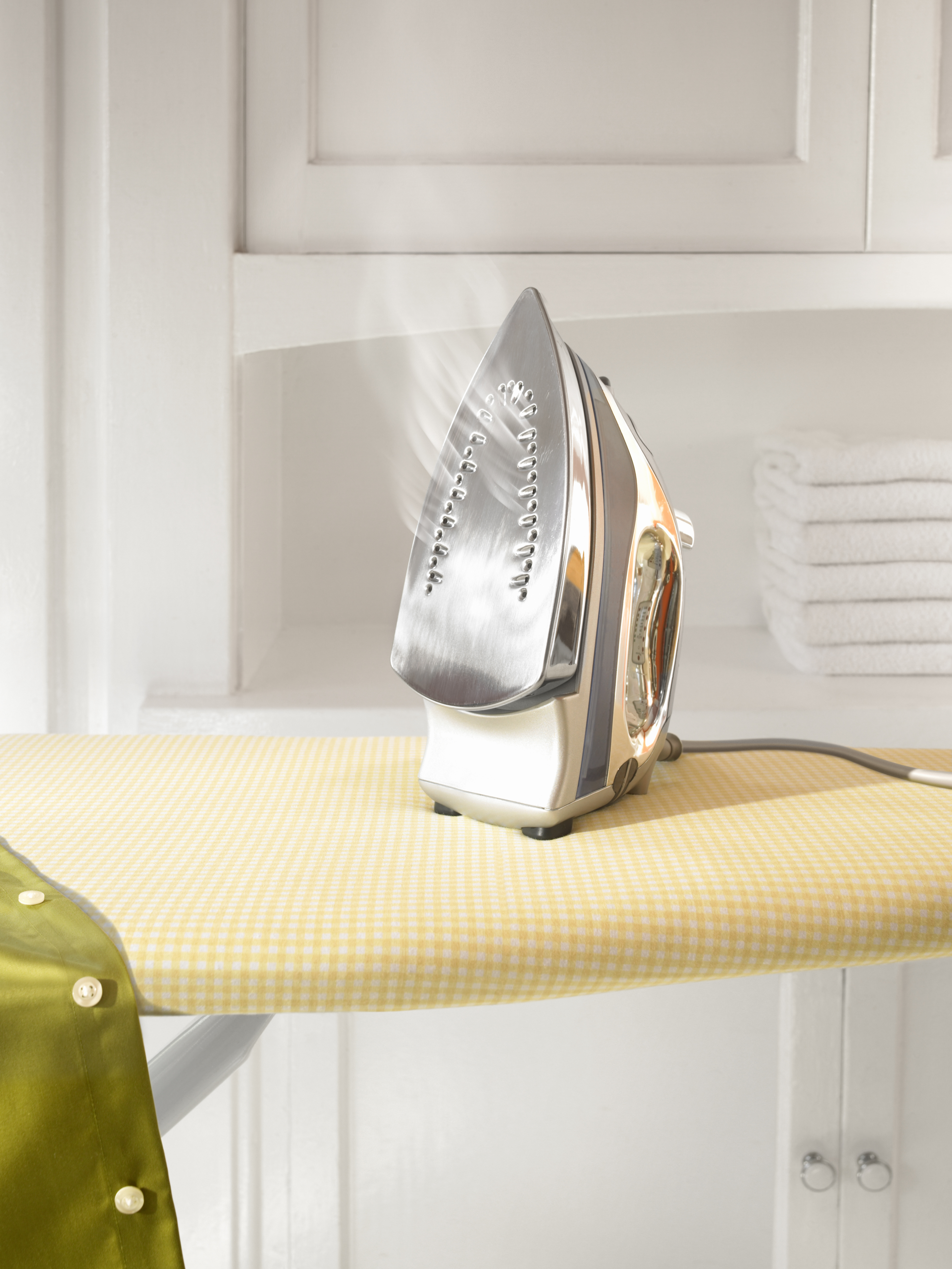How to shrink clothes – 5 tricks to make any natural garment fit
These five tricks help shrink even the poorest-fitting garments down to size


Not every clothing item bought off the rail is going to fit perfectly – and it is usually better to purchase something a little too big than too small for comfort. But how do you shrink clothes for a more tailored look?
While we are usually looking for what to do if you’ve shrunk clothes, there are plenty of ways to manually reduce the size of a natural fiber garment without it getting out of control and ending up a child's size.
These five steps can help make your clothing fit more snuggly, without expensive tailoring costs.
How to shrink clothes
When we want to shrink clothing on purpose, it is usually as simple as changing how we do laundry, however, it can all depend on the type of fabric, and how much you need it to shrink.
1. Check the garment's fabric

The materials the garment is made out of will usually determine if it will shrink, explains Sara Idrees, textiles expert and owner of Threads Monthly.
Natural materials such as wool and cotton shrink very easily – which you may know if you have ever shrunk a garment by accident. For these items, you can usually shrink them in the washing machine with the right combination of heat and time.
‘For hard-to-shrink fabrics like polyester, however, I recommend hiring a tailor to alter your clothes,’ Sara continues. ‘They can take in the waist of a dress or jeans for $20 to $40. You can also do this alteration yourself by cutting the excess fabric off and resewing the seams. This is the safest way to make your clothes fit better, but it's also the most expensive and requires the most skill.’
Design expertise in your inbox – from inspiring decorating ideas and beautiful celebrity homes to practical gardening advice and shopping round-ups.
2. Wash on the hottest setting

Although running a very hot cycle is usually seen as a laundry mistake, it is perfect for shrinking natural fibers, says Scott Liebenberg, CEO at Tapered Menswear, especially when working with cotton and pure denim jeans.
‘The heat helps tighten the fabric fibers, reducing the size,’ he explains. ‘Simply wash on the hottest water setting on your washing machine, and then dry them on the highest heat setting. It's important to monitor the process closely, as different fabrics may react differently to heat.’
For items that need significant shrinking or you need to monitor closely, you could skip the washing machine and submerge them in a bowl of boiling water instead, Scott adds. Simply bring a pot to a boil, add the garment, and boil for as long as needed to reach the desired size.
‘This method is a bit more extreme, so it's recommended for jeans and garments that are considerably baggy,’ he says.
3. Continue shrinkage in the dryer

We are also ignoring the typical tumble dryer temperature guide if you want to shrink clothing items, says Saffron King, Head Fashion Stylist at Blue Bungalow. Drying garments on high heat is another great way to shave a few inches off of the size.
She recommends running short warm-to-hot cycles (the hotter the temperature, the more drastic the shrinkage) and regularly checking the garment for sizing before continuing to dry. Be sure to check the garment's care tag laundry symbols to see if there is a maximum temperature it can withstand to avoid damaging it or causing a fire hazard first.
4. Steam iron for precision

Steam ironing is good for more than just getting wrinkles out of clothes – it can be used to shrink specific parts of garments for a more comfortable fit, reveals Scott Liebenberg, professional tailor:
‘For areas that require targeted shrinking, such as the waistband or leg length, steam ironing offers a more controlled approach. Lay your garment on an ironing board, apply a damp cloth on top to protect the fabric, and then use a steam iron on a high-heat setting.'
This technique is especially useful for fine-tuning the fit after the initial hot water wash or when dealing with minor stretching.
5. Put the damp item on to stretch to your body shape
If you have been on social media at all over the last few years, you might have seen the trend of boiling a garment, and then putting it on while it is still wet (but cool) to allow it to morph into the shape of your body.
This might seem like an uncomfortable approach, but people have sworn by it for resizing jeans and certain sweaters. If you don’t want to risk overshrinking a garment, it could be a good approach to try at home.
Alternatively, you can put the item on before soaking it through with warm, not boiling, water before taking it off and letting it air dry.
@lrbanx Shower (or bath) and air dried jeans hack!
♬ Coppelia Waltz - Philadelphia Orchestra
FAQs
Can you shrink clothes without ruining them?
It is possible to shrink clothing without ruining it, but you need to proceed cautiously and try to shrink the item bit by bit to avoid over-shrinkage. It is worth noting that shrinking garments does put stress on the fibers, which may not ruin the item but will reduce the garment's lifespan.
Do all clothes shrink the first time you wash them?
Not all clothing shrinks the first time you wash it, it depends on the fabric type and whether the material was washed before sewing. It is generally a good rule of thumb to expect a little under an inch of shrinkage on the first wash, especially for items made of natural fibers.
While there are ways to unshrink clothing, it is usually best to avoid over-shrinking initially by hand washing clothing for precise shrinkage and then using a washing machine or dryer for items that are far too large. Be careful not to burn yourself when working with very hot water, and instead use tongs.

Chiana has been at Homes & Gardens for two years and is our resident 'queen' of non-toxic living. She spends most of her time producing content for the Solved section of the website, helping readers get the most out of their homes through clever decluttering, cleaning, and tidying tips. She was named one of Fixr's top home improvement journalists in 2024.